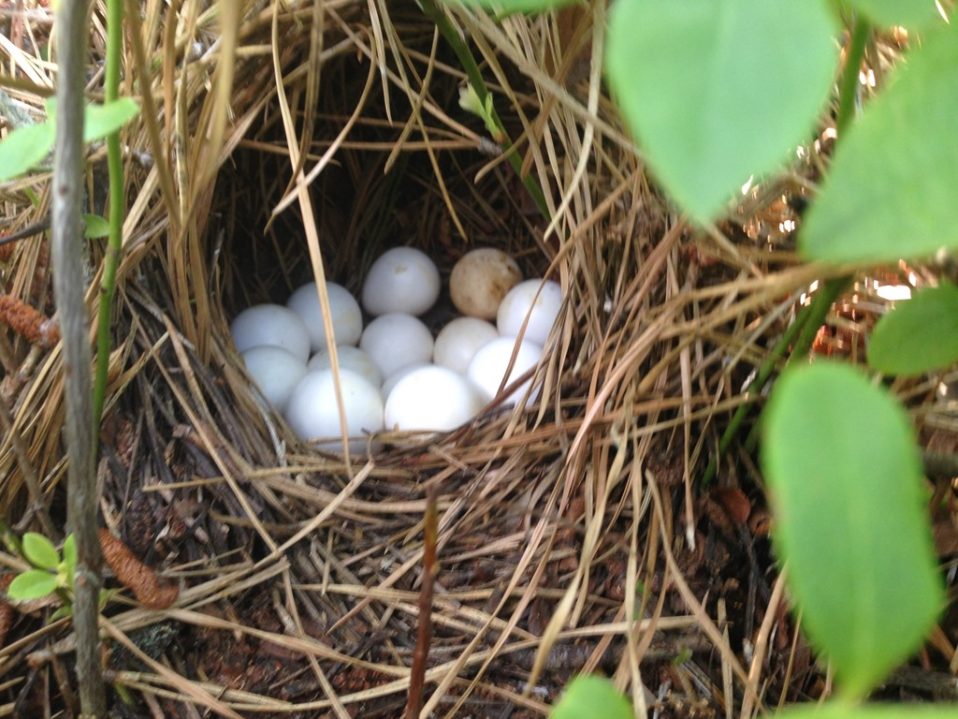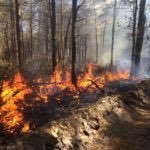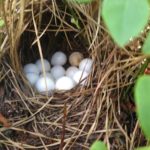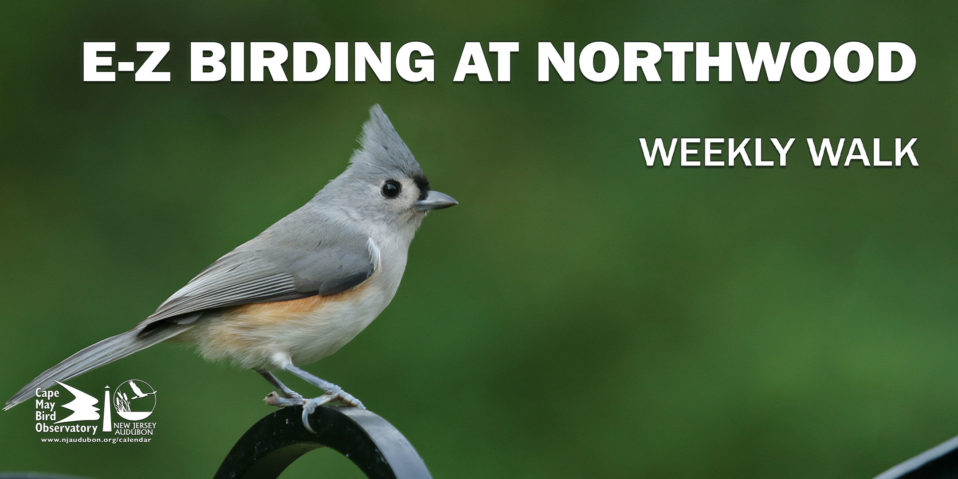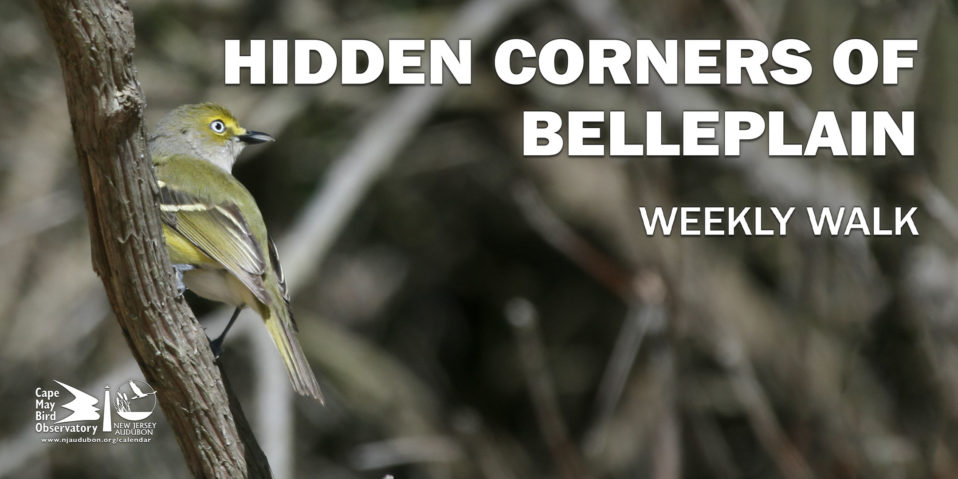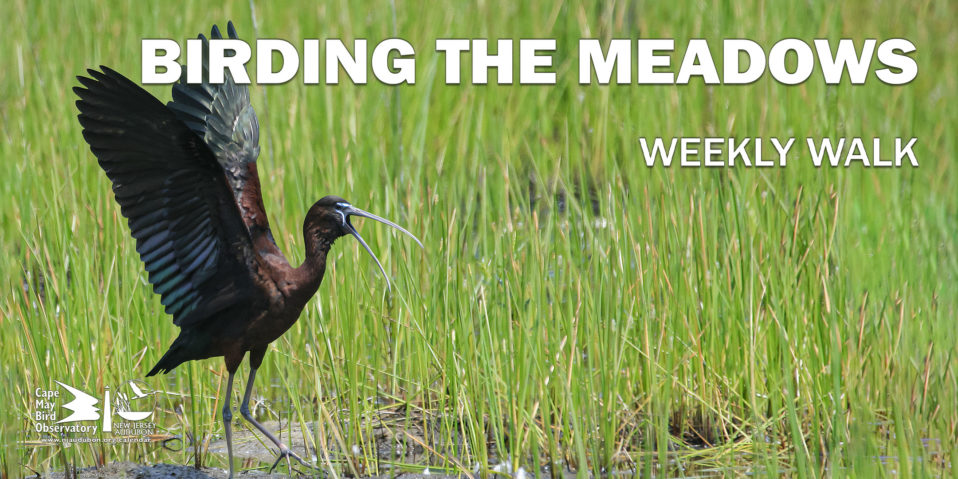New Jersey Audubon has been steadfastly working, with its project collaborators (Tall Timbers Research Station, the University of Delaware, Pine Island Cranberry Company, Pine Creek Forestry and the NJ Division of Fish and Wildlife) over the past three years to study translocation as a viable method of creating a sustainable wild population of Bobwhite Quail back in New Jersey. In wildlife conservation, the term ‘Translocation’ means the capture, transport and release/introduce a species from one area to another with the ultimate goals of species population persistence and resilience at the release area. In New Jersey the Northern Bobwhite Quail was once a common species, however it is now believed to be functionally extinct in the state, thus translocation offers an option to “jump-start” the species on the road to recovery in its former home in NJ.
Today, with researchers at the Pine Island Cranberry Bobwhite Quail Translocation Study Site in Chatsworth, New Jersey Audubon has confirmed the hatching of two Bobwhite Quail nests.
Twenty chicks were confirmed to have left the nest and were seen with adults.

More exciting news came from the field today, as three more active nests (i.e. quail incubating eggs) were discovered at the study site, bringing the total nests for the season to 11.
One of the hatchings was a milestone for the project; it marked the first double clutch of a translocated bird in New Jersey over the three-year project.
It also marked the first time for the project in which a male successfully incubated the clutch to fruition. This particular nest had an unfortunate situation where the female was depredated during her second clutch egg laying – hence only 9 eggs were laid (typically Bobwhite typically lay between 12 and 16 eggs). However the male finished out the incubation and successfully hatched 8 of the 9 eggs. 
“Reproductive success is a critical component of the translocation project,” said John Parke, NJA Stewardship Project Director. “We are very excited to confirm the successful hatching of a double clutch nest, and a male successfully incubating to completion, because it reflects the quality of habitat on site that was achieved through the management. By performing active management on the land a balance of different cover types for nesting, brood rearing, and foraging allows for the translocated Bobwhite to take advantage of their naturally high reproductive potential.”
Click here to support the NJ Audubon Bobwhite Quail Restoration Initiative
Photos by Phil Coppola and Gylla MacGregor




